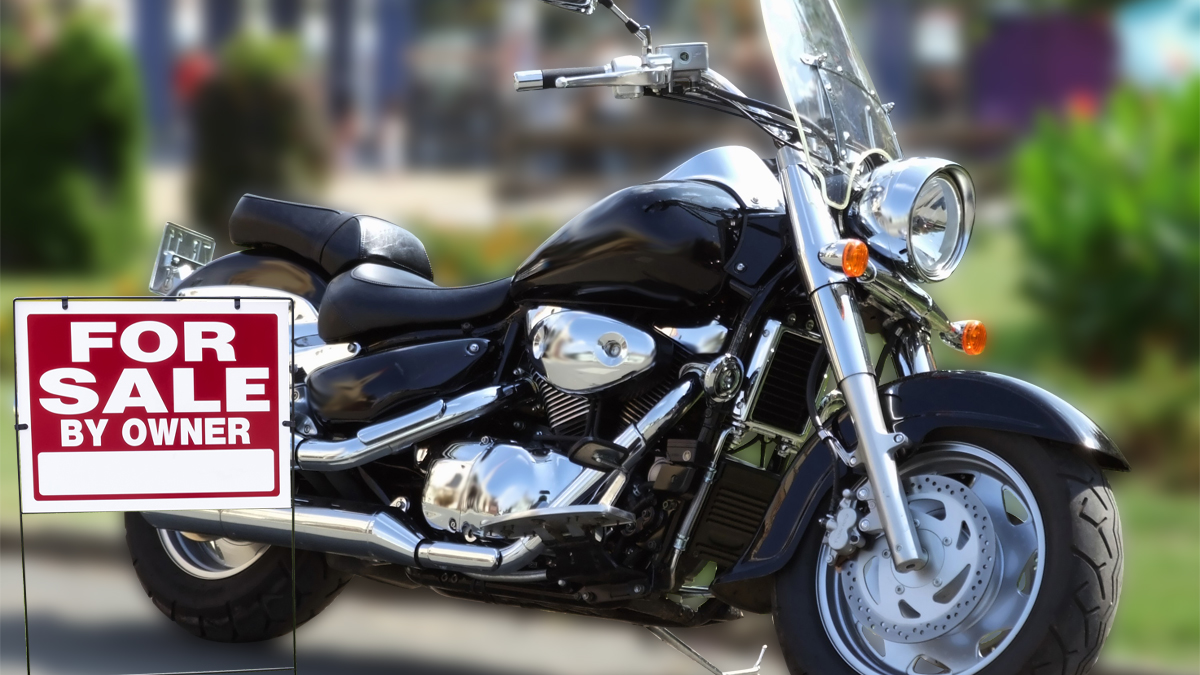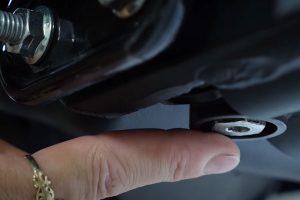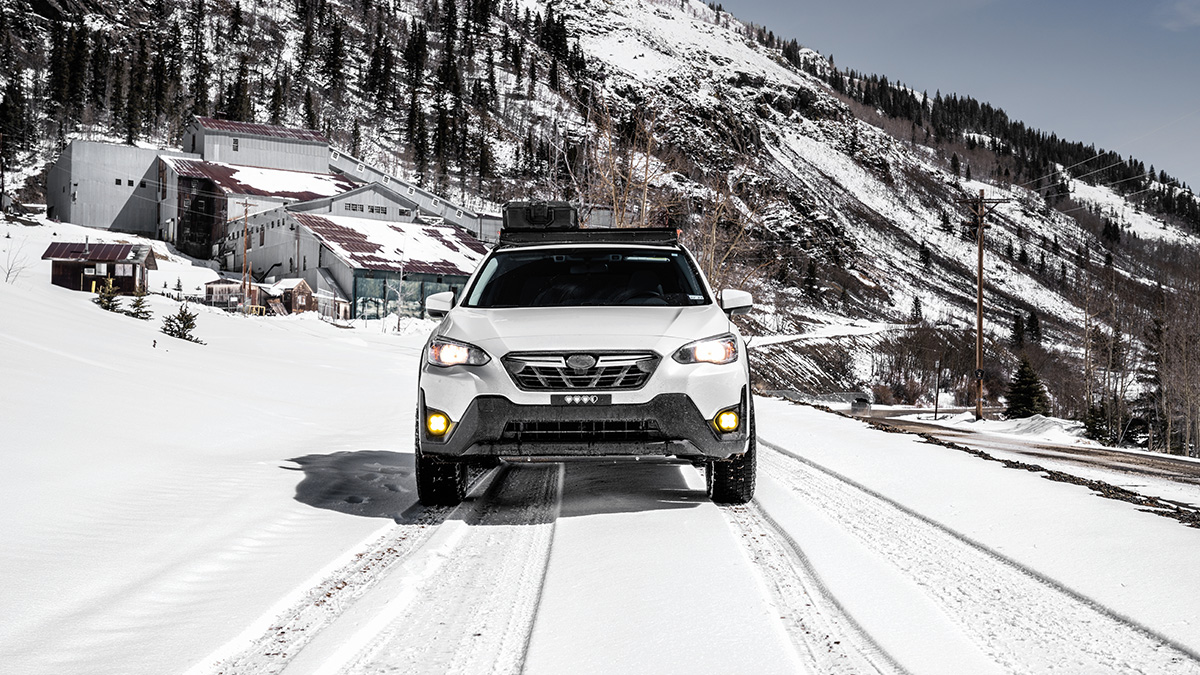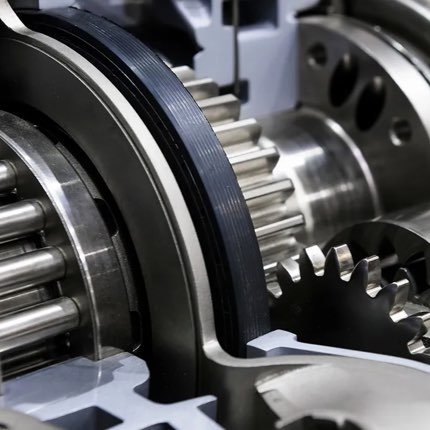Buying a used motorcycle should lead to years of enjoyable riding, not thousands of dollars wasted. To avoid getting saddled with someone else’s problem, follow these tips in our used motorcycle buying guide
Used Motorcycle Buying Guide
1) Check for fluid leaks
Look for oil around the drain plug and anywhere there’s a seal. Examples include around the kick-start lever, shifter shaft and drive shaft (on shaft-driven bikes).
Check the forks and rear shocks, too. Some Softtails require you to crawl on the ground to examine the shocks. Don’t forget to look for coolant leaks around hoses. Follow the cooling hoses to the water pump and radiator. Check for cracks or dents that indicate the bike has been laid on the ground.
2) Inspect tire condition
Check tread condition. Although the rear tire bears all the torque, the front tire wears out as it scrubs the road in corners. Many tires have wear indicators that show when the tread is worn. If not, insert a penny upside down between the treads. If Abe Lincoln’s head is entirely visible, the tread is worn. Check for sidewall cracks while you’re at it.
3) Check for signs of abuse
Look under the back tire for signs of rubber fragments. Their presence could be a sign the previous owner enjoyed one too many burnouts.
Look for cracked paint or powder coating. Their presence could mean something has been bent or cracked. Examine the ends of the handle bars and shift levers for scrapes that could indicate the bike has been laid on the ground.
4) Check the lights
On your test ride, don’t forget to check that the headlight, running lights and directional lights all work.
5) Check brake condition
Use a flashlight to see if the brake pads are excessively worn. Look for bluing on the rotors that indicate extreme heat. During the test ride, apply the brakes slowly and evenly to feel for pulsing, which indicates warped rotors.
6) Test the suspension
Stand astride the bike and bounce up and down to test the suspension. It shouldn’t “dribble” like a basketball. Instead, it should dampen and rebound slowly. (Find out everything you need to know about shock and fork oil in this post.)
7) Examine the chain sprocket
Sharp, pointy chain sprocket teeth are a sign of wear. Also, move the chain from side to side. Excessive play or movement in the chain means it’s worn out.
8) Look inside the gas tank
Open the gas cap and check inside the tank using a flashlight. Look for varnish and deposits settled on the bottom of the tank. Check for rust, too. Debris in the tank can foul the fuel system and lead to starting difficulties and poor performance.
Follow the tips in this used motorcycle buying guide and your next bike will hopefully provide years of reliable service.











Comments
Share: